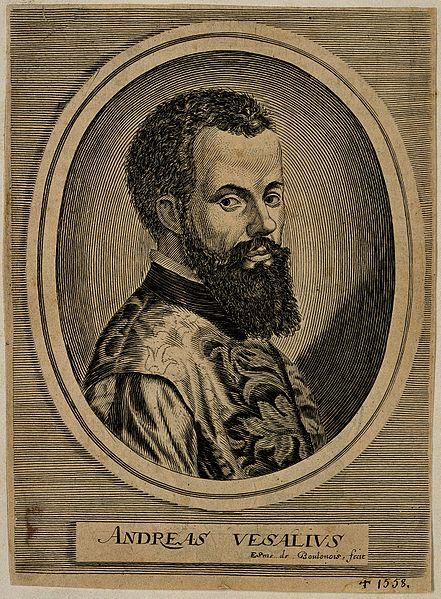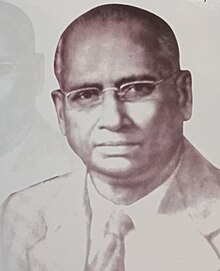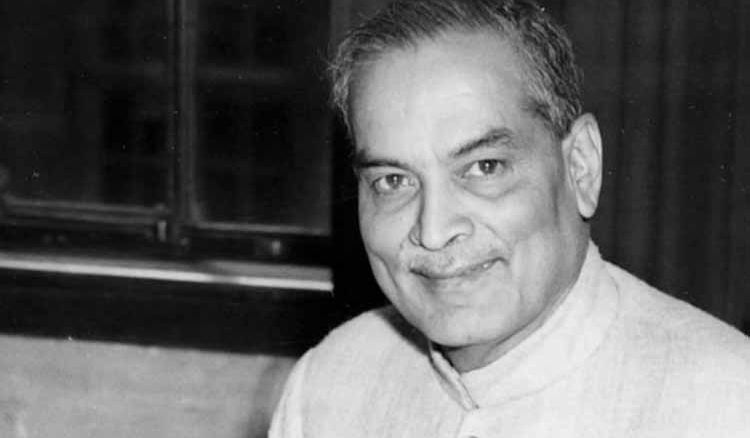Over five centuries ago, the history of medicine was transformed forever by the genius of Andreas Vesalius, who is closely associated with modern anatomy. In 1514, he was born in Brussels, and he turned to scrutinizing new anatomy, which brought in an entirely exceptional age regarding medical science. The primary work by him upon which many people owe their understanding concerning the structure of living things is “De Humani Corporis Fabrica Libri Septem…” (On the Fabric of the Human Body).
Early Life and Education
He was from a home where there was a huge number of healthcare practitioners.Due to serving as the apothecary of Charles V, Anders van Wesel who was his father had begun early to have this sort of experience.
At age fourteen years Veaslius joined Lewin’s university where he studied traditional medical scripts which were based on Galen’s work. However, this did not satisfy him because it involved theoretical methods rather than practical ones.
The Paris Years
He relocated from Leuven to Paris in 1533, at that time the best medical school.
There were some big-name anatomists such as Jacobus Sylvius or Johann Gunter von Andernach instructed him on anatomy. During those periods he ceased accepting Galen’s thoughts which mostly involved lessons drawn from animal dissections conducted earlier.
The Padua Era
Vesalius then went on to a professorship at Padua University in 1537 which was known as one of Europe’s best when it came down to medical education. The teaching staff included individuals Joshua Sylviuss and Johannes Guenter von Andernach who were close allies with him in organ pathology research too! Vesalius’s brilliant mind enabled him to carry out personal anatomical studies beyond Galen’s ideas on this topic since here he discovered misleading points inside numerous of his manuscripts concerning Galen’s works.
The Fabrica: A Monumental Work
1543 was the year Vesalius published a book titled “De Humani Corporis Fabrica.” This set of seven textbooks took many years to write and contained intricately drawn woodcuts depicting amounts of detail-bearing resemblance to life itself showing human beings from angles never used before now that were highlighted by those cutting edges during illustrations of early embryonic development stages looking like flying animals which were playing wooden marionettes; other chapters illustrated just individual pieces flesh sometimes severing them into smaller ones to show arrangement under lids covering bones… The volume challenged prevailing anatomical information while establishing Carrier as an authority among his peers at that moment.
Beyond the Fabrica
The books were only part of his contribution; he also served as a personal physician for the Holy Roman Emperor Charles V and his son Philip II of Spain. In addition to the Fabrica, he wrote for instance “Epitome” and “Anatomicarum Tabularum Epitome,” among other things.
Death and Legacy
An expedition aimed at the Holy Land was started by Andreas Vesalius in 1564. This was not realized because his ship crashed near Zakynthos Island, where it sank with him on board.
Andreas Vesalius will always be remembered for his pioneering work in the field of anatomy. He laid the groundwork for modern study with an emphasis on empirical observation and careful dissection. Today’s medics still acknowledge his achievements and many other generations look up to him as their role model.




